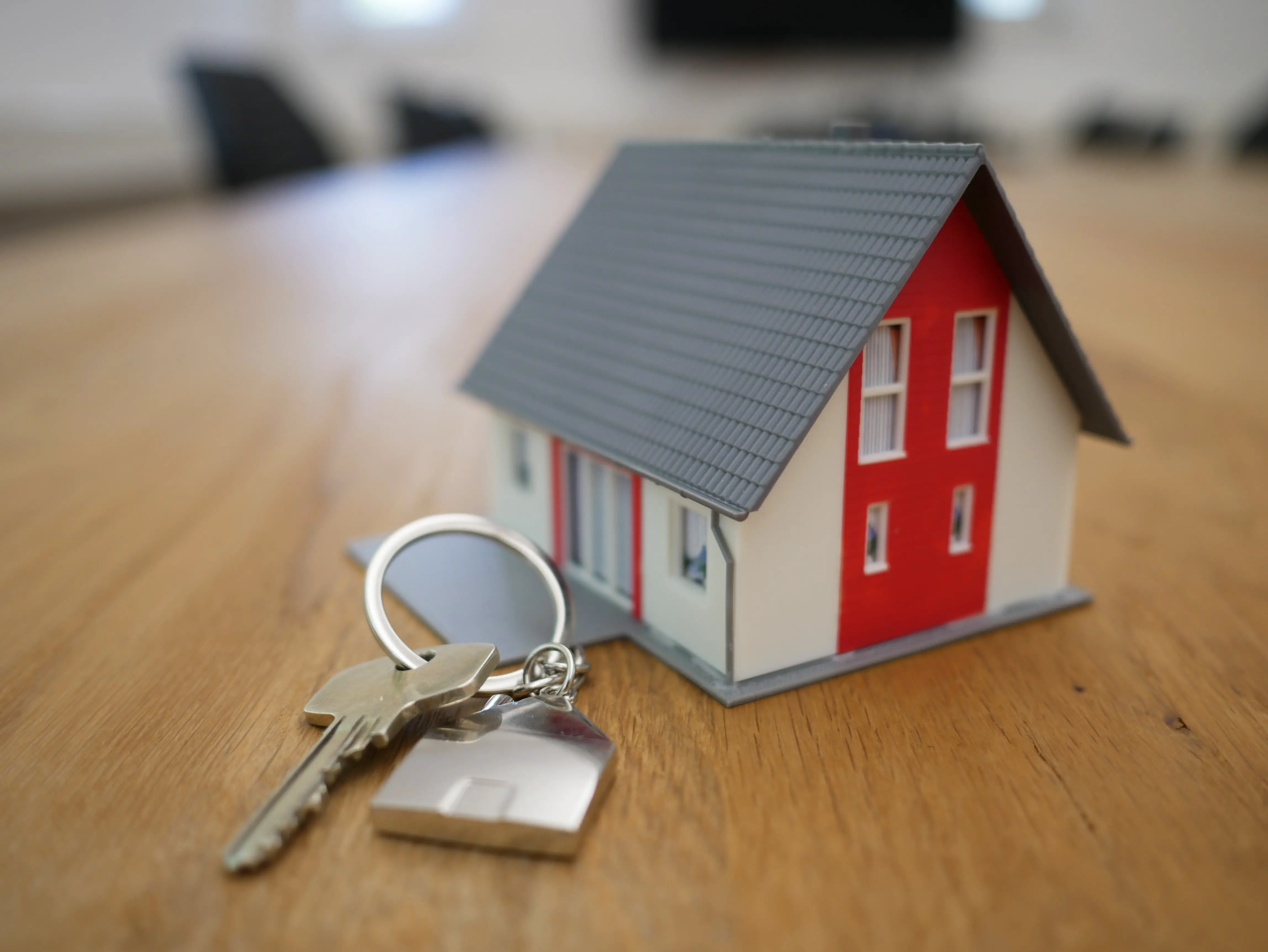
If you’ve been monitoring the real estate market in the last decade or so, chances are you’ve noticed that homes are increasingly becoming less affordable. However, what’s not so clear is why this keeps happening. The real estate market is more complicated than ever and the price of homes rarely depends on a single factor.
Several factors have made houses more expensive in the US in the last few years: higher demand than supply, the ever-increasing price of land, government subsidies, decreasing mortgage interest rates, larger and more complex modern houses, and a high house price to income ratio.
In the rest of this post, we’ll explore in detail how each of the above factors has contributed to making houses less affordable for the average American to give you a better understanding of the situation. Let’s dive right in.
Quick navigation
Higher Demand Than Supply
It’s no secret that the 2008 financial crisis really did a number on American homeowners. Houses lost over a third of their value, leaving many homeowners “upside-down” on their mortgage (meaning their property was now worth less than what they owed).
With increasing mortgage debt, plummeting property value, and job lay-offs, many lost their property to foreclosure. This left Americans hesitant to invest in the real estate sector, an effect that would last several years after.
Now, if you were to buy a house in this period, it would’ve been cheaper than today because not many people were looking to. In other words, the supply was higher than the demand for houses, and this market imbalance usually drives down prices.
Fast-forward to over a decade down the line, and the housing market has fully recovered. With property regaining its value and expected to gain even more in the near future, the demand for houses is soaring high.
Unfortunately, supply hasn’t kept up with the rising demand over the last few years, and this has contributed to the rising home prices.
Land Is More Expensive Today
Another reason houses are so expensive today is the increase in the price of land over the last decade. When you buy or build, the price of land is usually built into the total cost of the property. So the more expensive land gets, the more homes are going to cost in any real estate market, and that’s been the case in the US.
According to USDA’s Land Values 2018 Summary, the price per acre has generally been increasing since 2004. This means anyone looking to build a house is having to pay more for land compared to say, ten years ago. If they’re building for sale, they’re going to price it high to cover their investment on land and make a profit, meaning you’ll have to pay more.
Government Subsidies Have Offset the Supply-Demand Balance
While government subsidies on housing are meant to make it more affordable for the average American to own a home, real estate analysts argue that effect may be counterintuitive.
The argument is that the financial incentive provided by subsidies puts buyers in a better position to pay more for a property, which prompts sellers to charge more. The same trend can be seen in other sectors such as education, where government loans have allowed learners to afford expensive programs, which then prompts schools to charge more.
Another point of view is that government subsidies offset the supply-demand balance in a way that drives up home prices. For illustration, let’s turn the clock back to the post-financial crisis period. Between 2008 and 2010, the government enacted a first-time homebuyers’ tax credit in an effort to increase home sales in a plummeting economy.
In that period, the demand for houses increased drastically (which is what the government was trying to achieve) as homebuyers tried to take advantage of the tax credit. But while the increase in demand helped make the housing sector more attractive to investors by increasing property value, it also contributed to making houses more expensive in the years that followed, a trend that’s carried on to date.
Since 2008, the government has introduced several subsidies in the housing sector, but the Mortgage Interest Deduction (MID) is perhaps the most prominent. As you might have gathered from the name, this subsidy allows homeowners to deduct mortgage interest payments from their taxable income to reduce the tax burden of owning a home.
The MID and other subsidies have helped make owning a home a more attractive prospect, which has driven up demand and, subsequently, home prices.
Decreasing Mortgage Interest Rates
Mortgage interest rates have also played a part in making American homes more expensive. Typically, changes in lending rates affect consumers’ ability to afford a property, which has an impact on the demand for housing. And as you might have gathered at this point, the demand for houses plays a significant role in their pricing.
The lower the interest rates, the cheaper it is to finance a home, and vice versa.
Looking at historical data, it’s clear that mortgage interest rates in the US have been declining since 1981. Thus, more people have been able to afford homes between then and today, which has increased the demand for housing and, subsequently, the prices.
Houses Are Getting Larger and More Complex
Makes sense, right? When houses increase in size and complexity, they’re bound to cost more, and that’s been the trend in the US since several decades ago.
According to recent data by the Census Bureau, the average size of American homes hit an all-time high of 2687 sq ft (249.63 sq m) in 2015. Compare that number to the size of houses in 1973 (when the Census Bureau began documenting data on housing characteristics), and it becomes evident that the size of the average home has increased by over 1000sq ft (92.90 sq m) in the last four decades.
It’s not just the size that’s changed in American homes: complexity has, too. If you compare some of the earlier home designs, you’ll notice that today’s houses have far more features and optional upgrades. Things like crown molding, screened-in patios, hardwood floors, vaulted ceilings, accent walls, and marble countertops weren’t as common back then, but are almost standard in modern homes.
House Prices Have Been Rising Faster Than Wages.
Rounding up our list of reasons why houses are becoming increasingly expensive for the average American is a trend that’s been persistent in the last five years or so: a steadily growing house price to income ratio. Basically, this number denotes how fast the price of houses grows in relation to the average household income. The higher it is, the less affordable homes are for the average citizen.
Since 2015, the home price to income ratio has been increasing, peaking at 102.1% in the second quarter of 2020. Add to that the fact the average share of wages the average American needs to buy a house has been steadily rising since 2012, as well as the stagnant growth of the average annual wages since 2014, and you’ve got one of the main reasons why homes are increasingly becoming less affordable countrywide.
Final Thoughts
As we’ve seen in this discussion, there are several reasons why houses are so expensive nowadays, and that trend is likely to continue. But while houses gaining value might seem prohibitive for anyone looking to break into the real estate market, you can still find an affordable property if you’re crafty enough.
To do that, be on the lookout for things like foreclosures, bank-owned properties, short sales, and fixer-uppers. Often, homes sold in such circumstances are priced lower than the market value, and you can bag a great deal provided you know where to look. Best of luck!



